DIY All-Purpose Healing Salve: Natural Remedy for Skin Relief
Creating your own healing salve is not only a fun DIY project but also a way to ensure you have a natural remedy on hand for various skin issues.
Today, I’m excited to share my recipe for an All-Purpose Healing Salve that features a blend of nourishing oils, beeswax, and optional essential oils for those extra healing powers. Whether you’re looking to soothe dry skin, heal minor cuts, or even make your own version of Vicks VapoRub, this salve has you covered!
Why Make Your Own Healing Salve? 🌼
There are countless benefits to crafting your own salve:
1. Customizable Ingredients
You control what goes into your salve, allowing you to avoid synthetic additives and allergens. This is especially important when considering alternatives to petroleum-based products, which can have detrimental effects on health.
2. Natural Relief
This salve can help relieve dry skin, minor irritations, and even muscle aches when infused with the right essential oils. Unlike petroleum products, which can lock in bacteria and toxins, this natural balm nourishes and heals.
3. Eco-Friendly
Making your own salve reduces packaging waste and encourages sustainable practices. By using beeswax and natural oils, you're making a healthier choice for both your body and the planet.
All-Purpose Healing Salve Recipe 🌿
Ingredients:
- 1/2 cup olive oil
- 1/2 cup coconut oil
- 1 tablespoon shea butter
- 4 tablespoons beeswax pastilles (adjust for desired consistency)
- 1/8 teaspoon vitamin E oil (for preservation and skin benefits)
- Optional: Essential oils (e.g., eucalyptus, peppermint, camphor) for added therapeutic effects
Instructions:
Step 1: Melt the Base Ingredients
- Combine Ingredients: In a double boiler, combine 1/2 cup of olive oil, 1/2 cup of coconut oil, 1 tablespoon of shea butter, and 4 tablespoons of beeswax pastilles.
- Heat Gently: Heat the mixture over low to medium heat, stirring occasionally until everything is melted and well combined.
Step 2: Test the Consistency
- Initial Test: To check the consistency, pour a small amount of the melted mixture into a shot glass or small dish. Use a small whisk to mix until it becomes creamy and translucent.
- Quick Cool: Place the shot glass in the freezer for a few minutes to cool it down quickly.
- Room Temp Check: After it’s cold, let it sit on the counter for a couple of minutes to reach room temperature.
- Adjust as Needed: If the salve is too soft, add more beeswax. If it’s too hard, add more olive or coconut oil. Repeat the testing process until you reach your desired consistency.
Step 3: Add Vitamin E and Essential Oils
- Final Mix: Once the consistency is just right, remove the mixture from heat and stir in 1/8 teaspoon of vitamin E oil.
- Add Essential Oils (Optional): If you’d like to create a Vicks-like salve, add a few drops of eucalyptus, peppermint, or camphor essential oils. Stir well to combine.
Step 4: Pour and Cool
- Pour into Jars: Carefully pour the salve into clean jars or containers while it’s still warm.
- Cool Completely: Allow the salve to cool completely before sealing the containers. If you’re syringing it into tubes, whisking can help it cool faster and achieve a creamier texture.
How to Use Your Healing Salve 🌟
- Application: Apply a small amount of salve to the affected area as needed. It’s perfect for dry skin, minor cuts, or muscle aches!
- Storage: Store in a cool, dark place. Your salve should last for several months.
Conclusion 🌼
Making your own All-Purpose Healing Salve is a rewarding experience that provides you with a natural remedy for various skin issues. With its nourishing oils and customizable ingredients, you can create a salve that suits your needs perfectly. So why not roll up your sleeves and give this simple recipe a try?
FAQs ❓
1. How long does the salve last?
When stored properly in a cool, dark place, your salve can last for several months, up to a year.
2. Can I use different oils?
Yes! Feel free to experiment with different carrier oils, such as sweet almond oil or jojoba oil, based on your skin preferences.
3. Is this salve safe for everyone?
While this salve is generally safe for topical use, those with allergies to any of the ingredients should conduct a patch test before widespread application.
The Importance of Choosing Natural Ingredients 🌱
I first learned about petroleum-based products when I started making candles. My son raised bees for many years, so we had a lot of wax and I wanted to put it to good use. The answer was candles. I researched the differences between beeswax and paraffin, and I was shocked!
Basically, any petroleum-based product, like jelly, paraffin, and mineral oil, are all by-products of crude oil. I learned that burning paraffin candles releases carcinogens into the air, which can worsen issues like asthma and allergies.
While it’s true that crude oil, coal, and tar are the decomposition of prehistoric animals, the chemical change results in various forms of hydrocarbons that are extremely harmful to health—highly carcinogenic!
Why do hospitals choose to use petroleum products? Probably because they’re cheaper than all-natural alternatives. For me, it's an easy choice: would I rather consume beeswax and natural oils or consume crude oil?
There is ample scientific information that explains the chemical processes, the dangers, and why petroleum-based products can be destructive to both humans and animals. I encourage everyone to do some research and learn where all this “badness” is hiding!
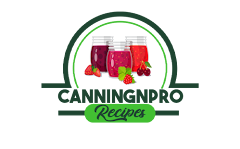



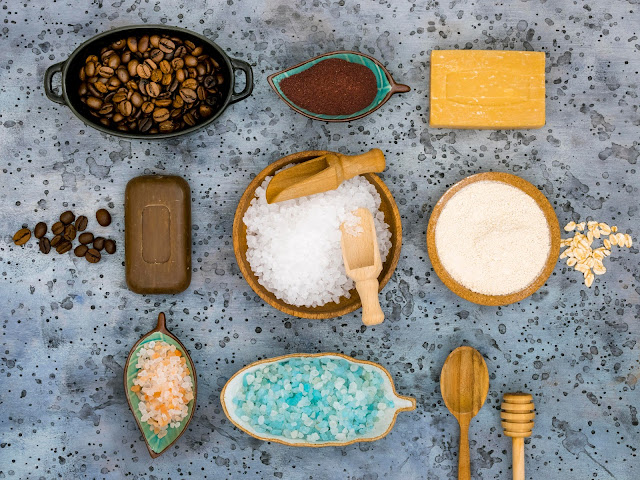

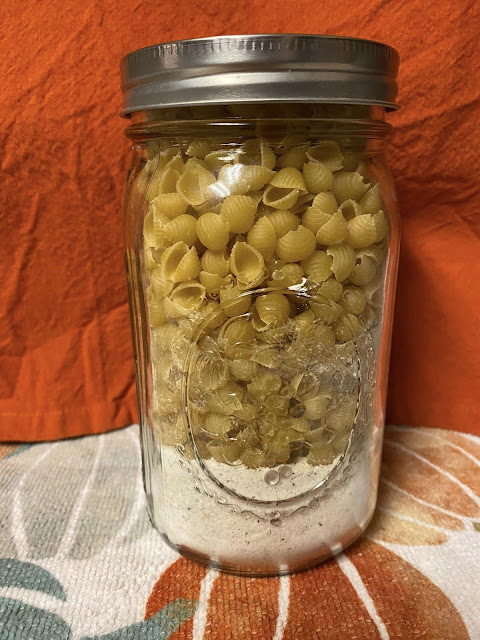




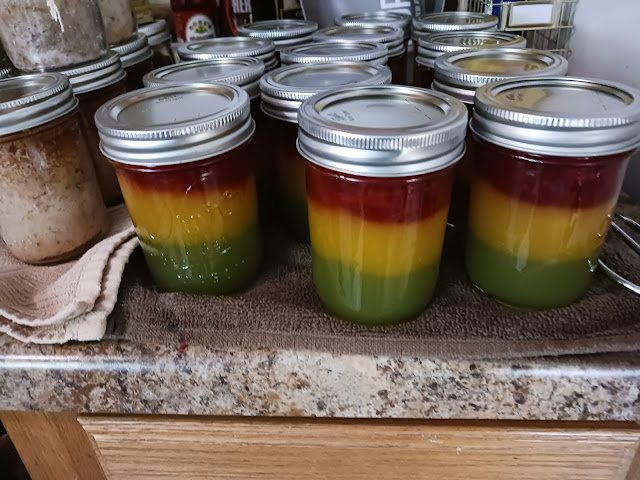

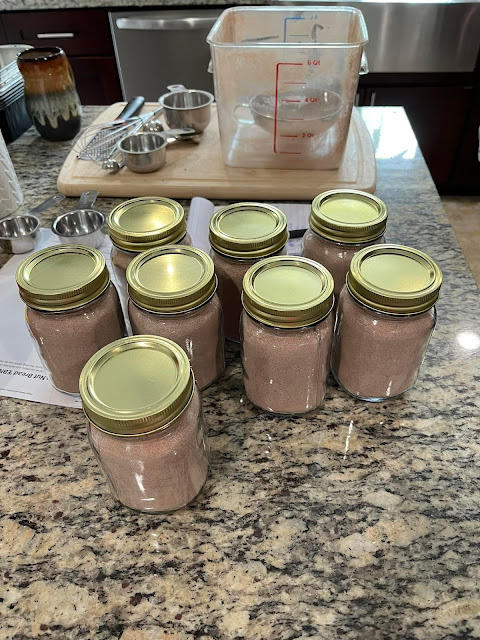
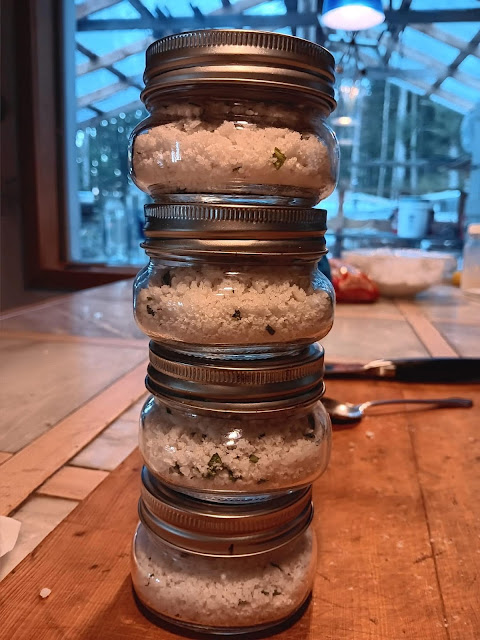
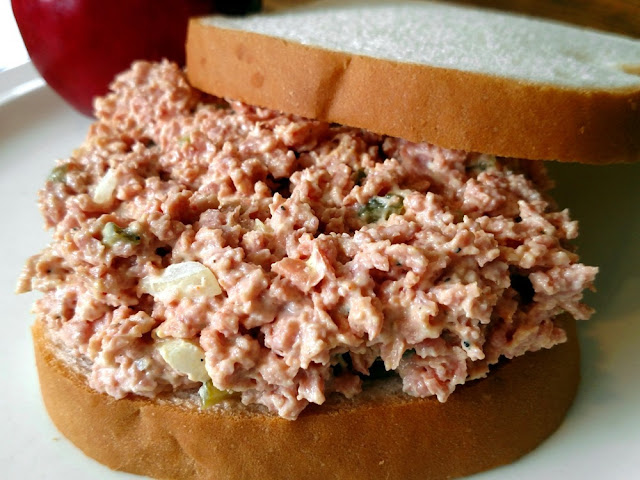
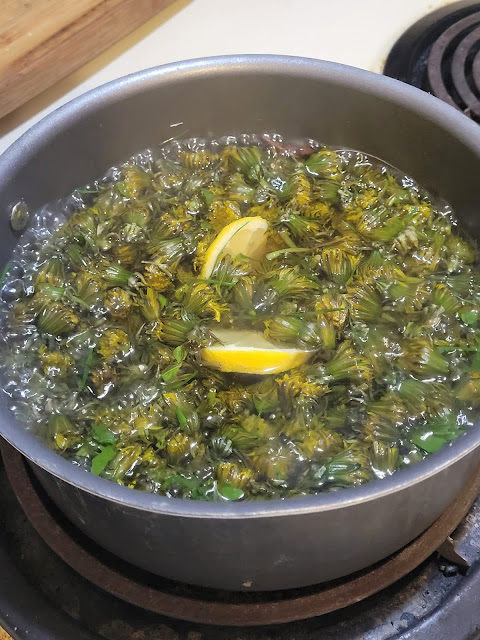



Comments